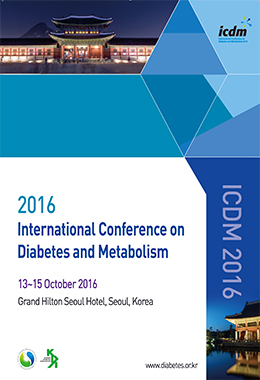Objective: Cluster determinant 36 (CD36), a fatty acid transporter, was reported to have a pivotal role in glucotoxicity-induced β-cell dysfunction. However, little is known about how glucotoxicity influences CD36 expression. So, the predominant objective was to reveal the role of RAC1-NOX in CD36 activation and its impact for the β-cell dysfunction during diabetes mellitus.
Methods: To address this question, we subjected INS-1 cells and human beta cells (1.1B4) to high glucose (30 mM) for 24 & 48 hrs respectively in the absence or presence of RAC1 inhibitor NSC23766. Apoptosis was measured by TUNEL-Nick End Labeling assay. RAC1 and NOX activity was assessed using the Rac1 Activation Assay kit (Merck Millipore) and by chemiluminescence assay. Reactive oxygen species and mitochondrial membrane potential were measured by using DCFDA and DIOC6 dye respectively. Moreover, the membrane fractionation of CD36 was assessed by western blot using plasma membrane fractionation kit.
Results: Exposure of INS-1 and human beta cells (1.1B4) to high glucose (30 mM) upregulated RAC1 activation and induced apoptosis. Upregulated RAC1 mediates NADPH oxidase activation with elevated ROS production in both the cell lines. Interestingly, high glucose activated RAC1-NOX complex enhanced CD36 expression in the membrane fraction of INS-1 and human beta cells. Inhibition of RAC1 activation with NSC23766 blocked NADPH oxidase activity by high glucose in INS-1 & human beta cells. Surprisingly, Inhibition of RAC1-NOX complex activation by NSC23766 significantly reduced CD36 expression in the membrane fraction of INS-1 and Human beta cells. Moreover, RAC1 activation inhibition by NSC23766 significantly reduced high glucoseinduced mitochondrial dysfunction.
Conclusion: Highglucose induced RAC1-NOX activation increase the expression of CD36 and its downstream signaling lead to β-cell dysfunction under high glucose conditions.




